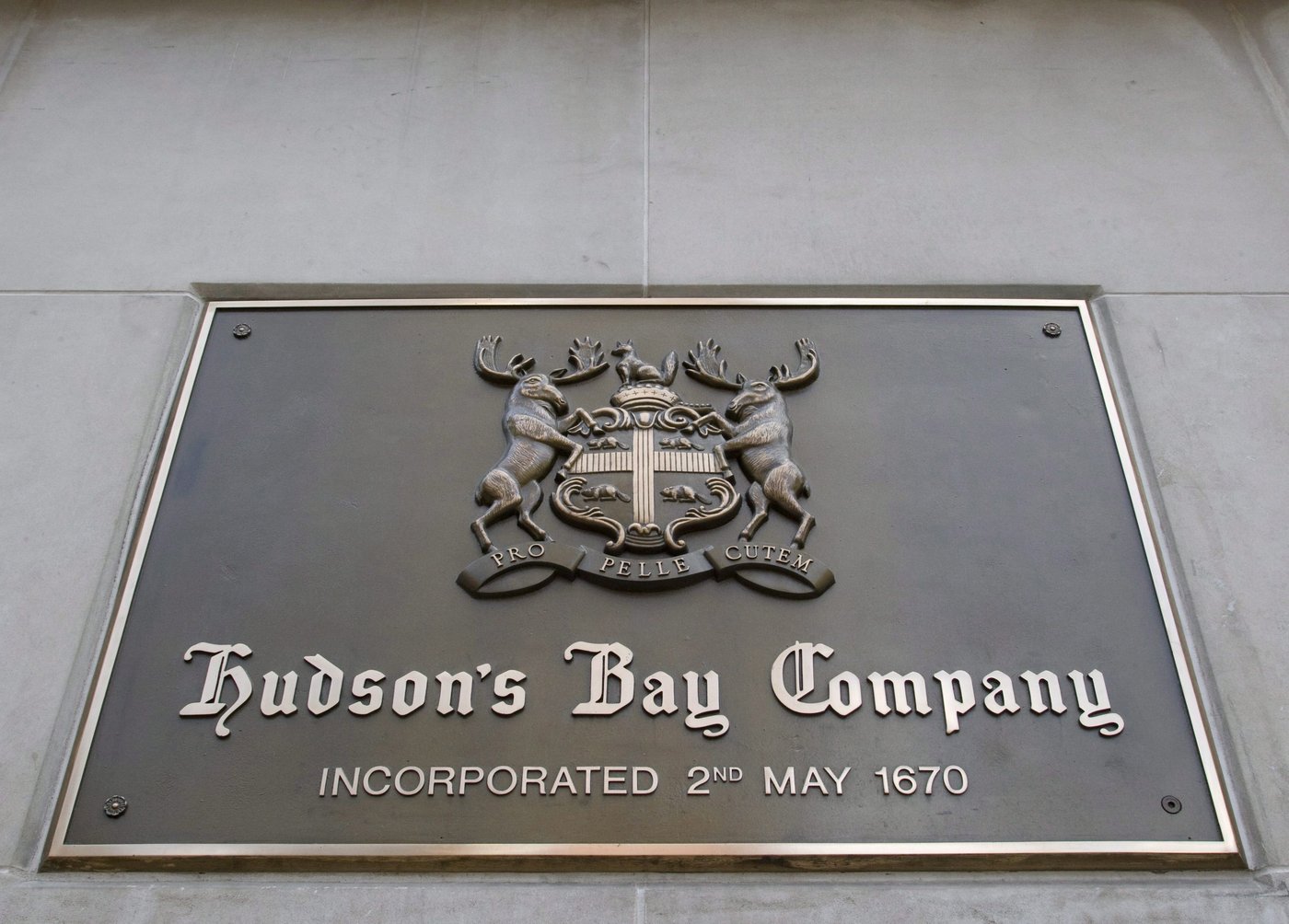Hudson’s Bay will start selling off all merchandise on Friday at the six stores previously spared from liquidation, effectively ending the retail empire’s reign and significantly dimming the possibility that the business, dating back to 167,0 will stay alive.
Canada’s oldest company is making the move because “it is unlikely” that it will find a buyer for the remaining locations, Adam Zalev, managing director of Hudson’s Bay’s financial adviser Reflect Advisors, said in an affidavit sent to lawyers Wednesday.
Reached for comment about the latest developments, Hudson’s Bay spokeswoman Tiffany Bourré said she had nothing to add beyond the court documents.
The six stores were excluded from the liquidation, which began at the company’s 90 other locations last month, because it hoped to find an investor or buyer that could restructure or maintain the business.
Zalev, who did not offer further comment, now says those six locations excluded from the selloff are “negatively impacting” Hudson’s Bay’s ability to find a backer and there is “low probability” that a bid centred around a six-store model will surface.
However, he said if a bid for the stores is received that keeps them alive, Hudson’s Bay retains the right to remove them from the liquidation process, which is due to wrap up by June 15.
The additional liquidation detailed in Zalev’s affidavit is a painful but not unexpected turn of events for a company that filed for creditor protection last month, citing significant difficulty paying its bills because of the trade war, the effects of the COVID-19 pandemic and a lack of downtown traffic. His affidavit comes after the 355-year-old company received court permission last month to liquidate 74 Bay locations, 13 Saks Off Fifth stores and two Saks Fifth Avenue sites in Canada, putting 9,364 jobs in jeopardy.
The selloff was being carried out while the company began two processes to find investors or buyers that could carry the retailer forward by buying its assets or taking over its leases. Zalev’s prior court filings say 18 unnamed parties, including some landlords, submitted letters of intent expressing interest in a total of 65 leases.
Zalev’s latest affidavit was filed the evening before Hudson’s Bay was due to return to the Ontario Superior Court of Justice to seek permission to auction off its collection of 1,700 pieces of art and more than 2,700 artifacts through a sale run by Heffel Gallery Limited.
The trove includes a royal charter it was granted by King Charles II in 1670 — a document that not only established the fur-trading business but also gave the company rights to a vast swath of land spanning most of the country and extraordinary power over trade and Indigenous relations for decades more.
The auction, however, has sparked concerns from archival institutions, governments and historians who told Hudson’s Bay they don’t want the pieces to be a second thought or fall into private hands.
Zalev’s affidavit came with several documents that offered a hint of just how concerned many of these groups are about those possibilities.
One of the documents was a letter from Grand Chief Kyra Wilson of the Assembly of Manitoba Chiefs, who requested a halt to any auction because of “the profound cultural, spiritual, and historical significance to First Nations people,” saying Indigenous groups must be included in the process.
“Selling these items at auction without full transparency and consultation with impacted First Nations would not only be morally irresponsible but also represent a continuation of the colonial dispossession of First Nations’ lands and belongings that the HBC directly profited from for centuries,” Wilson wrote.
“The HBC’s legacy is inseparable from the post-contact history of the original peoples on this land. These artifacts are not simply ‘valuable assets’ or one-of-a-kind collectibles, but pieces of living history, some of which may be sacred, stolen from First Nations or properly First Nations-owned.”
On top of asking for the halt of any auction, she requested the company commit to a First Nations-led review process and make public a full catalogue of items being considered for liquidation.
The company has yet to reveal what it plans to sell at auction beyond the charter.
However, a source familiar with the auction process, who was not authorized to speak publicly, has told The Canadian Press the items proposed to be auctioned off include paintings dating back to 1650, point blankets, paper documents and even collectible Barbie dolls.
Zalev’s affidavit also contained a letter from the Canada Advisory Committee for Memory of the World requesting that the charter be transferred to a public archival institution, such as the Archives of Manitoba, to which Hudson’s Bay donated thousands of its artifacts decades ago.
The request was being made “to ensure that this internationally significant, unique, and irreplaceable document is not placed at risk during the transfer of corporate ownership,” committee chair Cody Groat said in his letter.



